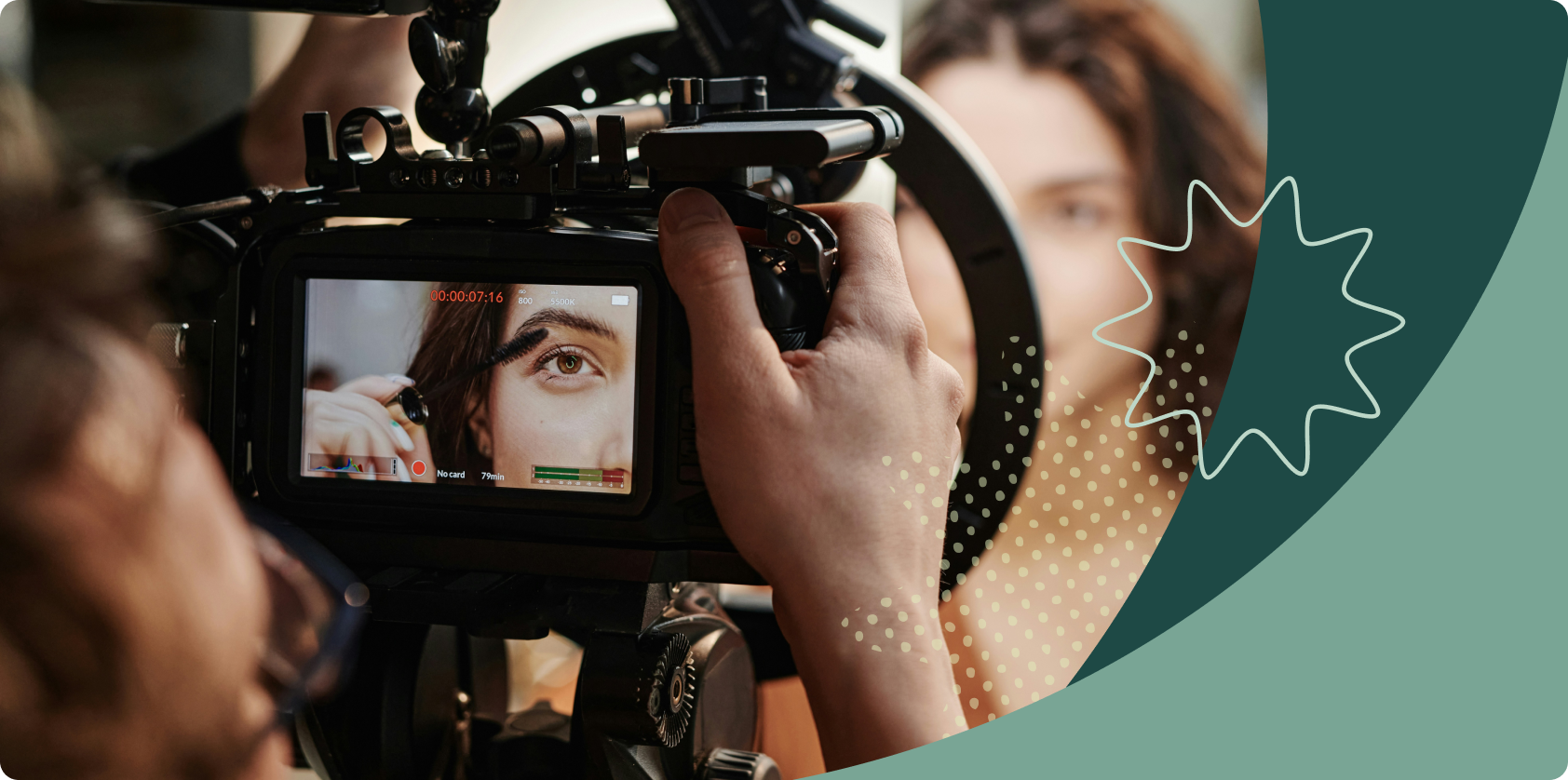Hi-Fi Content is Back: How Brands Are Making Social Cinematic

Over the past few years, lo-fi content has become the heart of social media. Brands embraced iPhone-shot videos, quick-turn TikTok trends, and off-the-cuff creator storytelling because it felt genuine and relatable. That kind of authenticity still drives incredible engagement and remains a key part of every successful social strategy.
But recently, another trend has been gaining traction. Enter: hi-fi content.
What is hi-fi content?
On social media, hi-fi content refers to highly polished, story-driven videos with elevated visuals, deliberate editing, and clear creative direction.
This type of content mirrors the look and feel of a commercial, short film, or series — but it’s built for digital audiences. It often features creators or celebrities at the center of the story, blending entertainment and brand narrative in a way that feels intentional and cinematic.
Take Zola’s “Pop the Questions,” for instance. The seven-episode social video Q&A series features influencers like Jaz Smith and Brandon Edelman, giving audiences something genuinely entertaining to follow, while naturally tying in Zola’s brand story. The series lives across the brand’s owned social pages and the creators’ accounts. This dual-distribution strategy expands reach and strengthens authenticity, as audiences discover the content through the voices they already trust.
Even on the product side, we’re seeing brands elevate creator partnerships with campaign-quality storytelling. Reformation’s recent collaboration with Nara Smith is a perfect example. The partnership launched with “Followed,” a cinematic short film that merges Reformation’s signature aesthetic with Nara’s serene, hyper-curated creator persona. The film feels more like an editorial than an ad, balancing art direction, narrative, and subtle brand integration.
Hi-fi content like these examples demonstrate how brands are using storytelling and entertainment to become part of culture, not just advertise around it.
Why are influencer marketers turning to hi-fi content?
There are several reasons brands are turning to hi-fi content:
- The market is saturated. Audiences want brands to participate in cultural conversations, not just interrupt them with ads. Lo-fi content still delivers on authenticity, but social platforms are overflowing with the same familiar style: iPhone selfies, trending audios, and jump cuts. Hi-fi content offers a welcome contrast, giving brands a way to break through with storytelling that feels thoughtful, cinematic, and built to hold attention.
- Creators are modern production houses. Creators are no longer just influencers making sponsored posts. Many act as creative directors, producers, and full-fledged storytellers. They’re also distribution platforms, publishing content on their own channels as well as brands’ feeds, expanding reach and amplifying engagement. With brand support, they’re producing work that rivals traditional agencies while staying culturally relevant.
- Social platforms are evolving. TikTok and Instagram are leaning into longer-form storytelling, encouraging creators and brands to experiment with more narrative formats. That shift makes it easier than ever for brands to release episodic or cinematic campaigns right where audiences already spend their time.
Hi-fi content & the future of influencer marketing
As hi-fi content continues to gain traction, we’ll likely see deeper, longer-term brand partnerships emerge. Instead of one-off sponsored posts, brands will invest in creators who can help them craft ongoing narratives through serialized campaigns, branded short films, and cinematic product launches that unfold over time.
But even as hi-fi content gains momentum, lo-fi content remains the backbone of audience engagement today. Quick, authentic posts are still the easiest way for creators to connect with followers day-to-day, and the best-performing campaigns will strike a balance between both.
Think of hi-fi content as the tentpole moment (AKA the cinematic centerpiece of a campaign) and lo-fi content as the always-on engine that drives conversation, shares, and sales. You might launch a polished short film or editorial series, then rely on lo-fi creator content to keep the momentum going through behind-the-scenes clips, reaction videos, and organic user participation.
Ultimately, the future of influencer marketing isn’t about choosing one over the other. It’s about knowing when to go big and when to keep it real.


